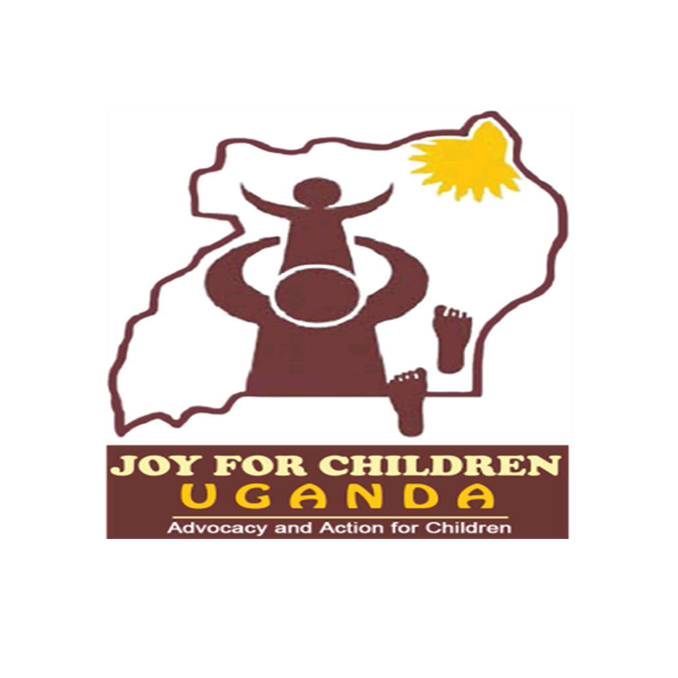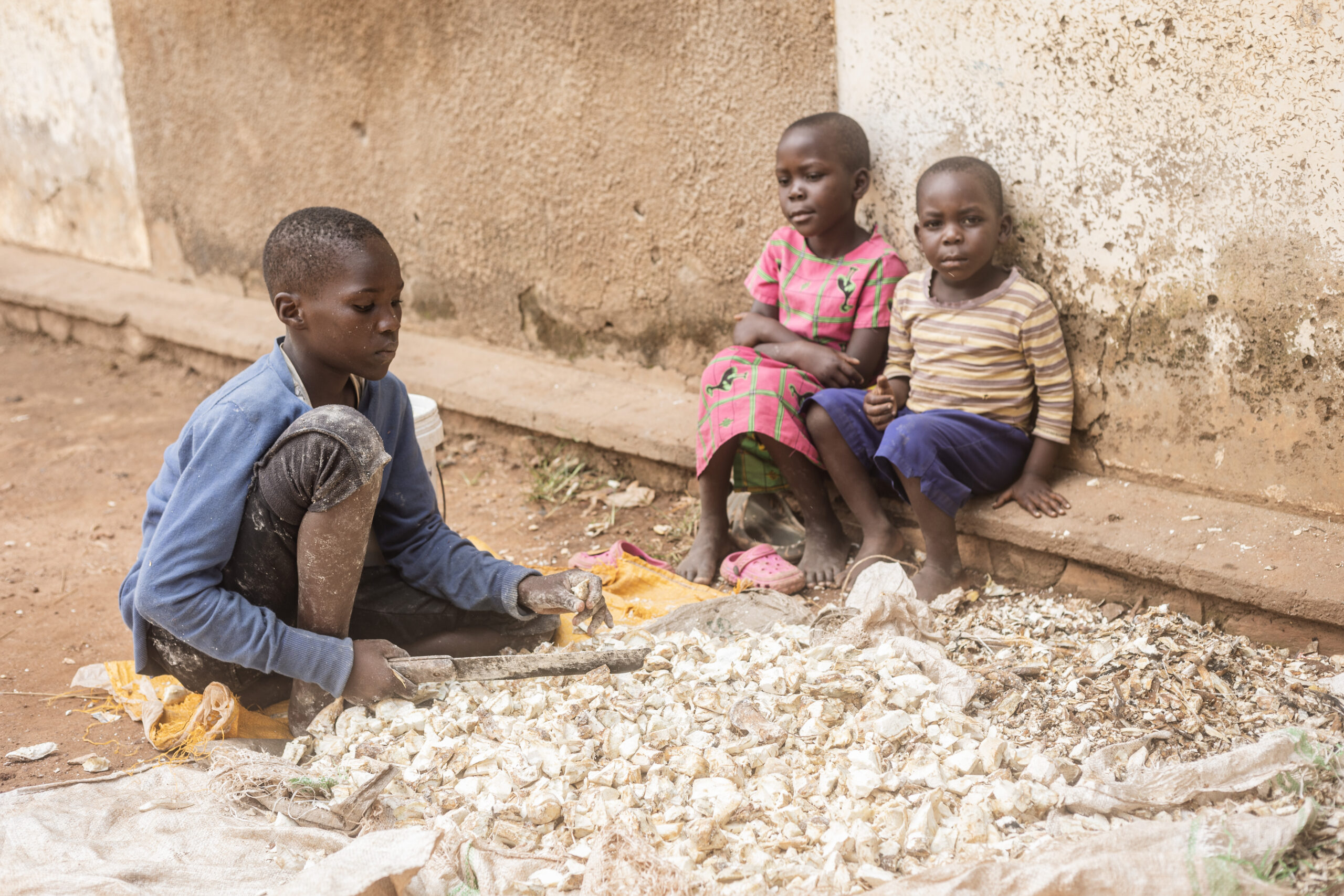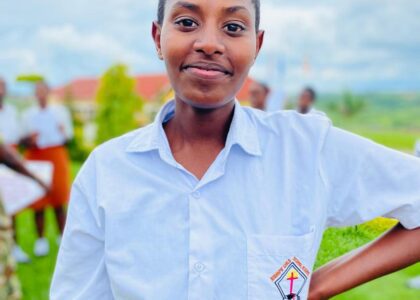The devastating and compounded impacts of COVID-19, Climate change, Conflict, have created a triple threat for women and children, pushing them further to the margins of society and exposing them to physical and psychological harm.
Globally, COVID-19 lockdown measures have exposed children to more sexual, physical and emotional abuse and neglect.
The psychosocial impacts of COVID-19 have greatly disrupted the living conditions of children, limiting their access to basic needs such as food and health care. In addition, there is a lack of social support, thus putting children at an increased risk of different forms of child abuse. Since the implementation of the COVID-19 lockdown in Uganda, there has been a rise in the incidence of child abuse. Increased cases of physical and sexual abuse against children have been reported in different parts of the country as well as increased cases of child labor.
According to the UCHL March 2020 report, 52.6% of all the violence cases reported were concerning child neglect, with girls being the most affected. In addition, there has been a significant increase in the cases of physical abuse of children at home during the COVID-19 lockdown.
With the psychosocial impacts of the pandemic, many parents became stressed and aggressive due to the lack of social support, making children prone to experiencing violence at home. In May 2020 child protection rapid survey comprising of 24 districts, indicated that 80% of the parents in Uganda were reported to have used violence, including spanking and slapping, to stop children from wandering away from home.
Child marriages appear to have increased in some communities in response to the fear among children that they may die of COVID-19 before having a child of their own. Some adolescent girls reportedly have opted for marriage to purposely have birth. Some parents forced their children into marriage in exchange for food
Climate change
Climate change remains the greatest threat to global health, according to the World Health Organization. Increasingly intense and more frequent climate-related shocks and natural disasters disproportionately impact lower-income countries.
Like many countries around the world, Uganda is experiencing significant impacts of climate change. Weather patterns are changing, and water levels in several water bodies are dropping. Extreme weather events such as floods, landslides, and prolonged drought are becoming more frequent in the country, threatening people’s livelihoods (Irish Aid, 2016).
As climate disasters become more extreme and frequent, many families in affected areas struggle to feed their children or send them to school, resulting in greater numbers of child marriage. UNICEF estimates that 10 million additional child marriages may occur before the end of the decade, threatening years of progress in reducing the practice.
Landslides in the Busigu sub-region have reportedly killed at least 1,000 people over the past decade and left thousands of families displaced and homeless (Monitor, 2019). Floods in the Eastern region, triggered by heavy rainfall, claimed the lives of at least 30 people, left 400,000 without access to clean water, and destroyed more than 2,000 hectares of crops (Relief Web, 2022; Guardian, 2022).
The situation in Karamoja is an example of how a perfect storm of climate change, conflict, rising food costs, the impact of Covid-19 and limited resources is increasing the number of hungry people. More than 900 people have died of hunger this year in the Karamoja sub-region of northeastern Uganda, mostly as a result of prolonged drought. In this region, eight in every 10 households are food-insecure, putting about 23,000 children at high risk of severe acute malnutrition (Monitor, 2022).
In Kasese District, there is flooding almost every year, which causes a heavy impact on the lives and livelihood of residents. As a result, many schools and homes are buried or destroyed, leaving many displaced
The climate crisis is a ‘threat multiplier’ for violence against children, exacerbating every challenge – from poverty to displacement and loss of education – that enables such violence to thrive. While no child is immune to the combined impact of the climate crisis and violence, that impact falls most heavily on the children who are already the most disadvantaged.
Natural disasters trigger environmentally-driven changes in the supervision and accompaniment of children who have been displaced, as well as their separation from their families. The social fabric and social norms are often shattered by post-disaster behavior. Families face severe economic stress, as well as insecure shelter and living conditions. All of these, taken together, constitute significant pathways to violence against children.
The Impact of Conflict on Children
Today, the nature of conflict – and its impact on children – is evolving. The world is witnessing deliberate campaigns of violence against civilians, including the targeting of schools, the abduction and enslavement of girls, and deliberate starvation.
In today’s armed conflicts, there is often no longer a clearly demarcated battlefield: children’s homes and schools are the battlefield.
Children are disproportionately suffering the consequences of these brutal trends.
- We are seeing more children facing unimaginable mental and physical trauma.
- More children are going hungry.
- More children are falling victim to preventable diseases.
- More children are out of school.
- More children are at risk of sexual violence and recruitment by armed groups.
- More children are trapped on the frontline without access to humanitarian aid.
The harm that is done to children in armed conflict is not only often more severe than that done to adults, it has longer lasting implications – for children themselves and for their societies
Even after 20 years of civil war in Northern Uganda, the continuity of violence within the family constitutes a major challenge to children’s healthy development in the post-conflict era.
Humanitarian crises can increase inequalities – including harmful gender norms, poverty and access to basic services such as sexual and reproductive healthcare – and put girls at greater risk of child marriage.
What we have done in line with addressing the 3Cs.
Joy for Children with reached out to about 200 people who were displaced as a result of flooding of River Nyamwamba in Kasese District. We delivered 400kgs of maize flour,40 bars of soap,250kgs of beans,100 packs of re-usable sanitary towels and clothes for both children and adults to the most vulnerable households.
During the covid 19 lockdown urban slum communities struggled with a shredded economy, loss of jobs and domestic violence among other challenges, lack of food as one of the aggressive issues faced by underprivileged households in Kampala slums. With support from Ugandan SDA Community Toronto supported children affected the COVID19 pandemic and the lockdown, we visited and supported 20 families in Mulago Katale and Mulimira zones slum communities in Kampala district. The package given to each family consisted of 10kgs of maize flour,3kgs of sugar,1 bar of soap,1 liter of cooking oil,5kgs of beans and a packet of salt.
Climate change is a key driver of child marriage that needs urgent action. As Joy For Children we joined other partners in climate action during the Central Region Girl Summit that happened in Mpigi district, where planted fruit trees and encouraged children to plant fruit trees in their homes in order to preserve the environment
What needs to be done?
- More research and advocacy need to be done to address the child rights violations caused by environmental degradation, particularly to groups in vulnerable communities.
- The government should take measures to integrate climate change in formal and informal education, including green skills to ensure that children can meaningfully participate in decision making and they are not left behind the transition to a sustainable economy.
- Climate change is no longer, a threat it is rather a reality. We need to act now, collectively to ensure that our children are safe and secure from all forms of violence now and in the future.
- An increased focus on prevention and strengthening resilience is essential, particularly for populations experiencing recurrent and protracted crises. These demands political will as well as urgent, scaled up, coherent, coordinated action among humanitarian, development, peace, and climate actors, with associated investment in long-term, inclusive solutions.
- Strengthened child protection systems are vital, especially in fragile districts in the country.
- Concerted advocacy and political commitment, backed up with sufficient resources, are needed to rectify the overwhelming burden of climate change on the most vulnerable. The impacts of climate change are spread unequally at a global and local level, with people living in already fragile settings being at greatest risk.
- Early action, particularly when a shock or stress is anticipated, is crucial to protect livelihoods and food security.
- Farmers grow more resilient crops, train communities to prepare for natural disasters, and raise awareness on pressing climate issues.






